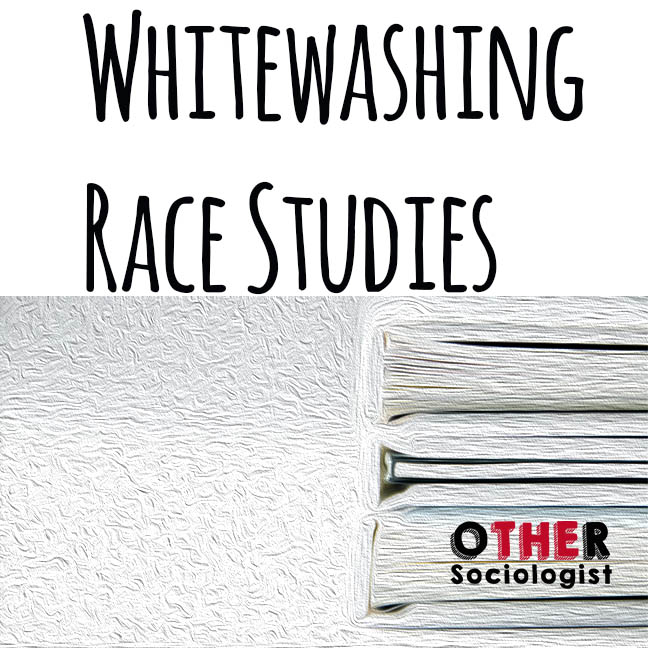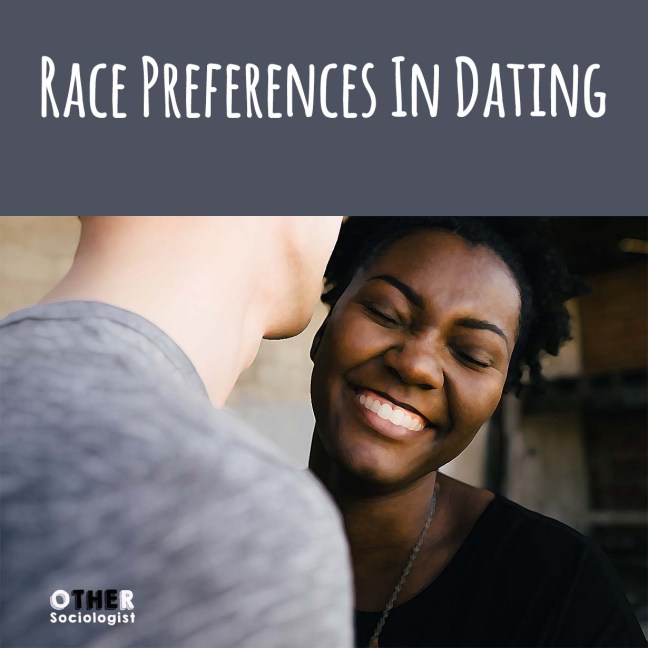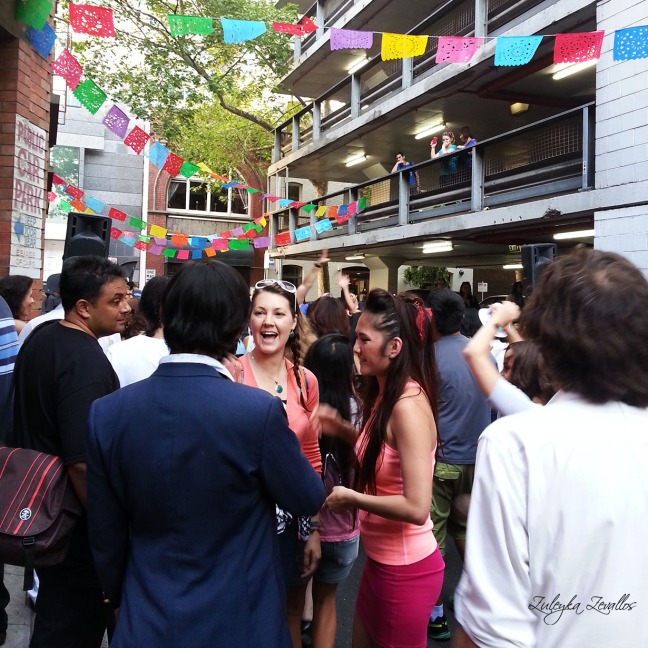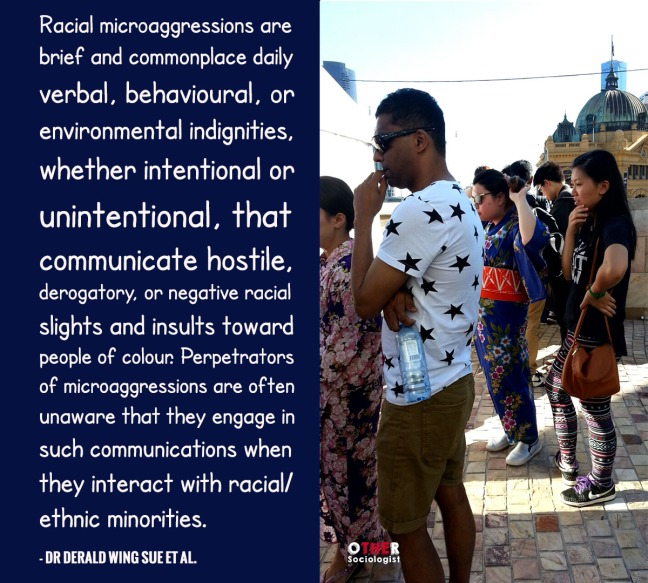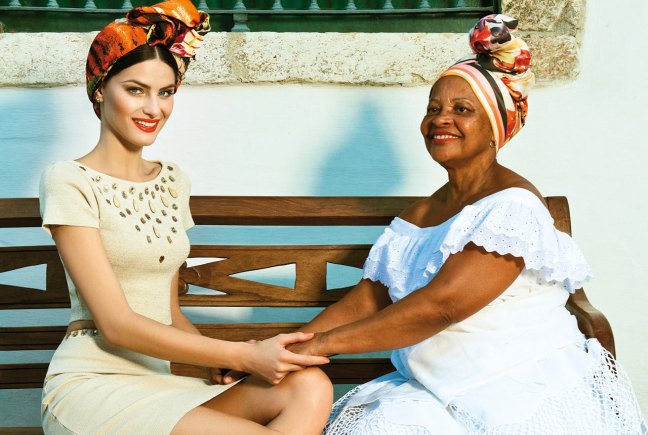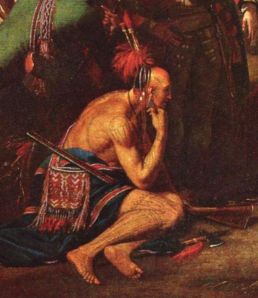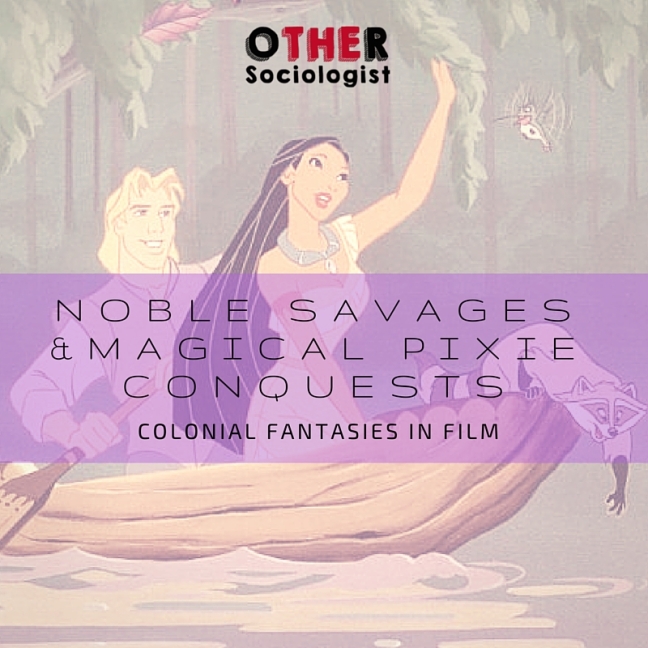How does a White male student with no expertise in critical race studies, with little sociological training, publish a peer reviewed article in one of the most prestigious journals in our field? How is this possible when the paper misrepresents the Black Lives Matter movement and intersectionality theory? How does this paper make it through peer review to publication in less than six months? ‘Black Lives Matter at Five: Limits and Possibilities,’ by Adam Szetela, was submitted to Ethnic and Racial Studies on 24 January 2019, accepted for publication on 21 June 2019 and published online on 18 July. The expediency of the peer review process, given the content of the article, warrants strong evaluation.
I express my gratitude to Dr Shantel Gabrieal Buggs, who brought this to public attention, and who led a robust discussion on Twitter with sociologists and scholars from other fields. I’m using this and other examples as a case study of whiteness in academic publishing.

